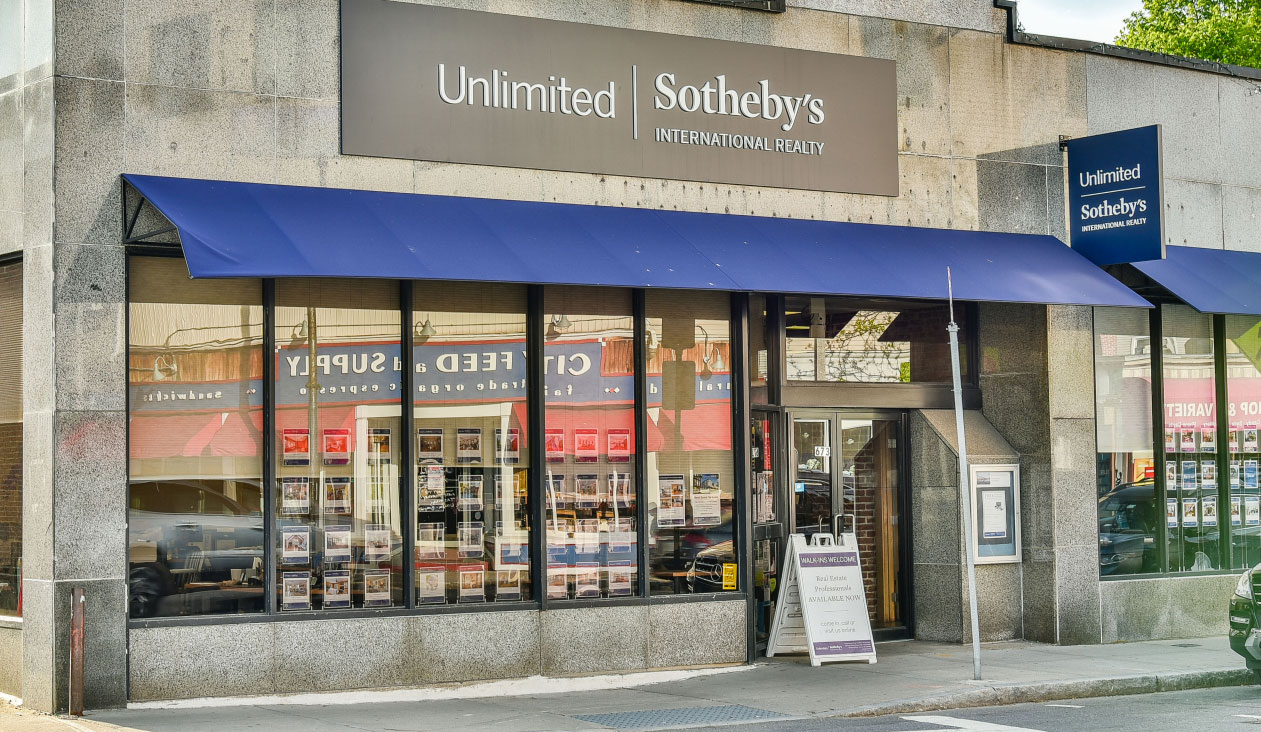Most sellers want as much as they can get for their property, but that doesn’t come without risks. Unless a buyer is purchasing entirely in cash, a seller should evaluate an offer price for its ability to match or exceed a potential appraised value.
In a seller’s market, competing buyers’ offer prices are likely to reach higher than the prices of recent comparable sales. A seller wants to be sure they can close their sale at the price they have agreed to with their chosen buyer. So a prospective buyer would be wise to allay the the appraisal question up front if they can.
There are several strategies a buyer can employ in constructing an attractive offer that offsets this concern. But to devise a suitable approach, be sure to understand what’s at stake—for both buyer and seller.
What is an appraisal?
When a buyer applies for a mortgage, a lender needs to determine whether the buyer’s purchase price is warranted, and thus worth lending on. A lender will only provide a loan amount based on the appraised value or less. If a buyer offers $500,000, but the appraiser determines the appraised value to be $485,000, the lender will only provide a loan based on the amount of $485,000.
The lender hires an independent appraiser (at the buyer’s expense) to view the property and produce a report (an appraisal) explaining to both buyer and lender their estimate of the market value—based on the property’s location, condition, and amenities, and the appraiser’s educated judgement of comparable sales.
So if the buyer/borrower is contributing a downpayment of 20%, the lender will only provide 80% of the appraised value of $485,000. That leaves a $15,000 gap between the price agreed upon between buyer and seller, and what the bank will lend on.
It is then up to the buyer and seller to determine how to handle that $15,000 shortage.
How to move past a low appraisal
First, check to see if your lender allows recourse for a contested appraised value. What an appraiser deems to be comparable can be debatable, depending on how well they know the area and the availability of relevant, recent comparable sales.
Some lenders may ask the appraiser to revisit their report or agree to conduct a second appraisal (often at the buyer’s expense), in which case the lender may choose to honor only the second appraised amount.
If the lender will not adjust the appraisal, what a buyer and seller can do may depend on the current market as well as their respective priorities.
Seller’s priority and option
If a seller is committed to the agreed upon price—in this case the full $500,000—they may push to see if the buyer will come up with the $15,000 difference in cash (effectively increasing the buyer’s down payment). The seller may have their agent show the buyer and lender specific comparable sales that support the full price.
But a seller should avoid holding out for too much if they don’t have equally attractive alternatives to the current buyer (e.g., another buyer who could sidestep this appraisal issue). A seller needs to consider whether the price differential is worth their time to go back to market in pursuit of a new buyer.
Buyer’s options
The buyer needs to consider whether they have good alternatives at a price they’re confident they can afford, and whether they can afford (in terms of time and money) to walk away from this property.
Three options:
-
The buyer can of course pay the difference in cash.
-
Often, a buyer and seller will agree to split the difference: the buyer may pay a portion of that differential in cash (in addition to their loan down payment) and the seller may agree to forfeit the remaining portion of that differential by decreasing the agreed upon price.
-
The seller can “eat” the entire shortage by agreeing to decrease the agreed upon purchase price by the full amount of the differential.
Having adept negotiators on both sides will help both parties find common ground.

